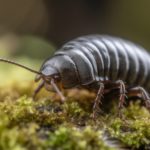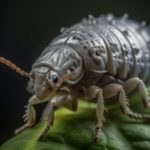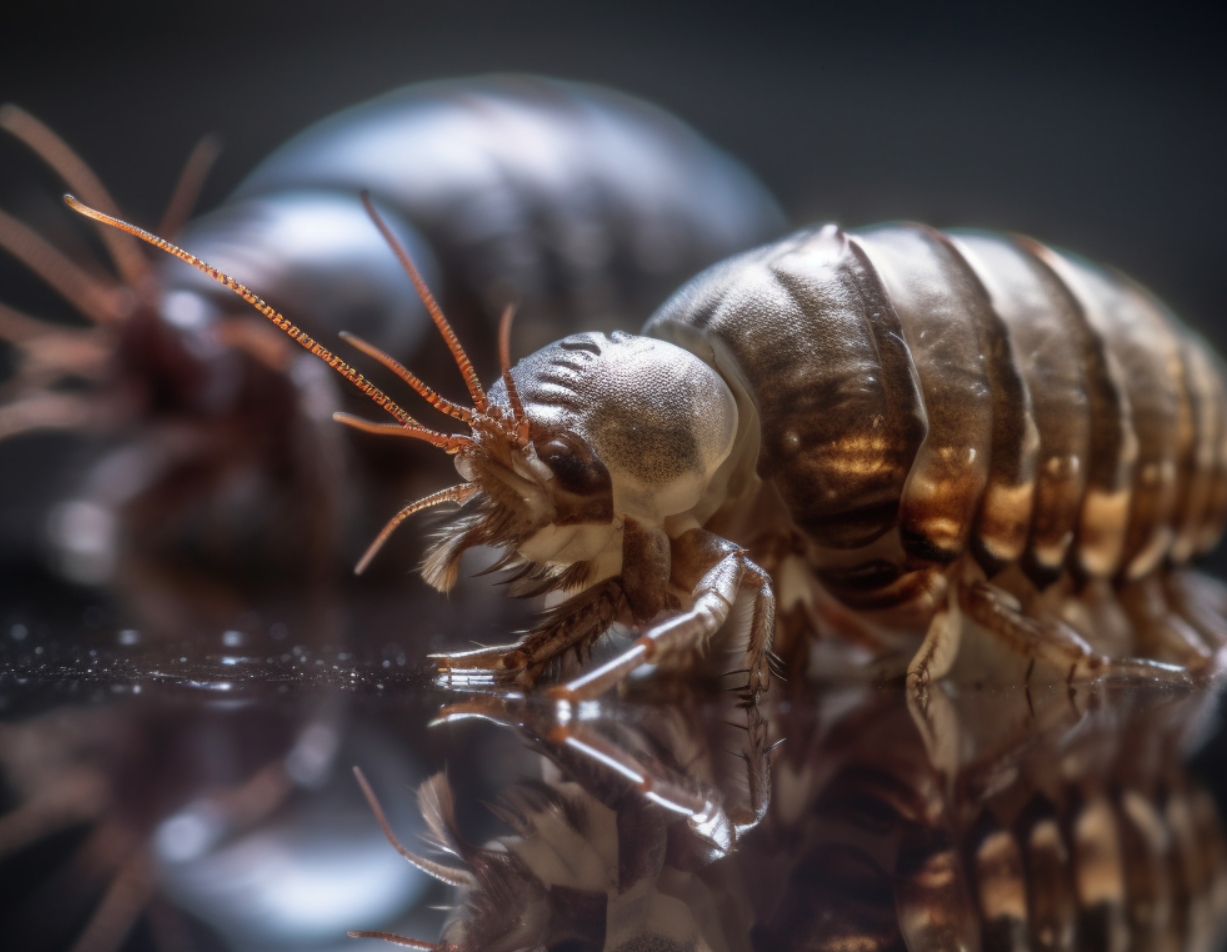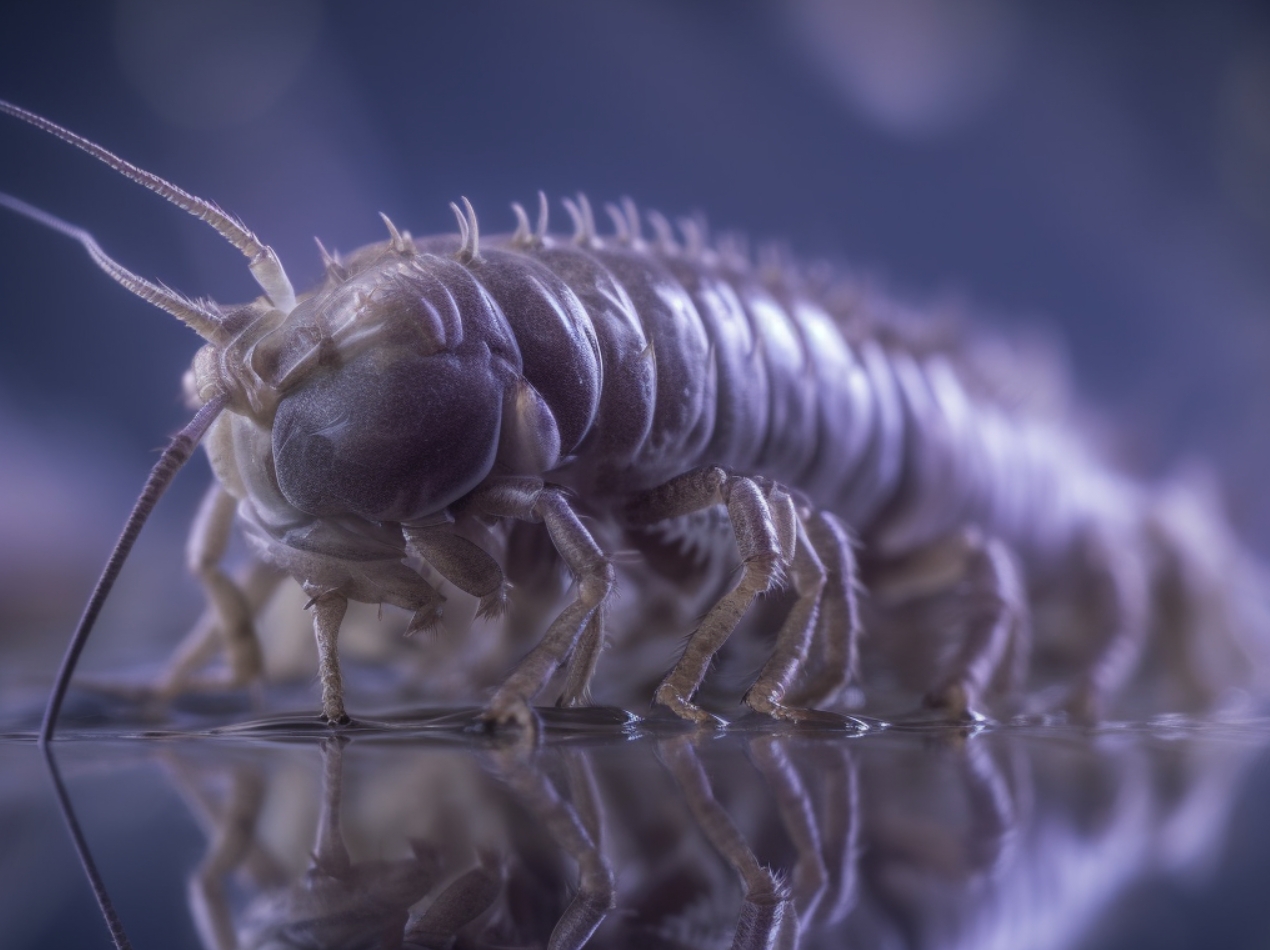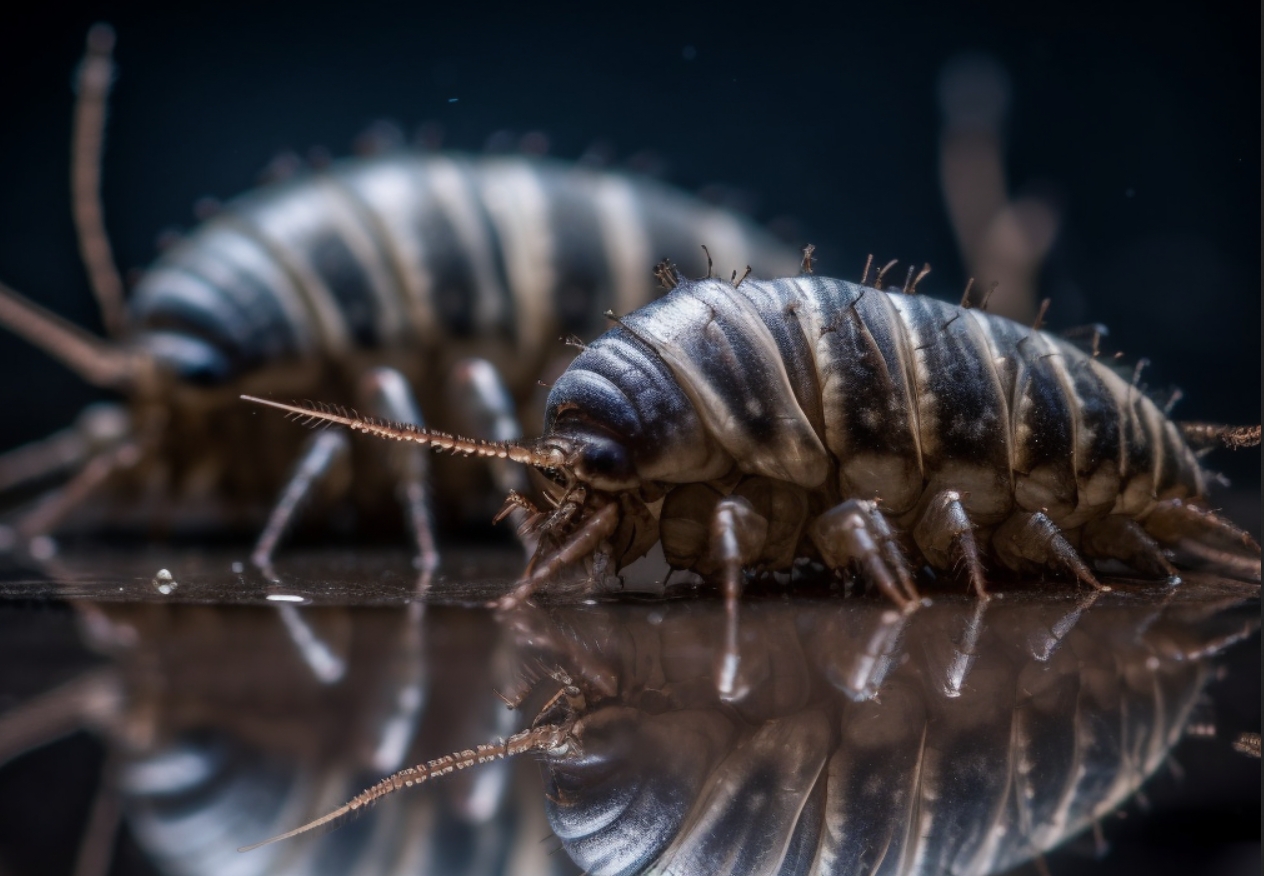It’s an average day when you suddenly spot something small and grey scurrying across your kitchen floor. Upon closer inspection, you realize that it’s a woodlouse, also known as a pill bug or roly-poly. But when does a few woodlice turn into an infestation? In this article, we’ll delve deep into the world of woodlice infestations, including how many woodlice is an infestation, how do you know if you have a woodlice infestation, and how many woodlice are there in the world. We’ll also provide a step-by-step guide on how to control and prevent woodlice infestations using trusted brands recommended by Best Pest World.
How Many Woodlice is an Infestation?
Contents
Before we dive into woodlice infestations, let’s define what an infestation actually is. An infestation occurs when there’s a large number of woodlice present in your home, causing damage or creating an unsightly and unhygienic environment. But how many woodlice is considered an infestation?
There’s no specific number that can be classified as an infestation. However, if you frequently spot woodlice indoors, particularly in large numbers, it’s a sign that there might be an infestation in your home.
Identifying a Woodlice Infestation
How do you know if you have a woodlice infestation? There are several signs that can indicate the presence of an infestation:
- Frequent sightings of woodlice indoors: This is the most obvious sign. If you’re seeing woodlice every day or in large groups, it’s a red flag that you have an infestation.
- Mold and dampness in your home: Woodlice thrive in damp environments, so the presence of mold or dampness can attract them.
- Damage to wood, cardboard, or plant material: Woodlice feed on decaying wood and plant material. If you find damage to wooden structures, cardboard, or plants, it could be due to woodlice.
- Seeing woodlice in new or unexpected areas: If woodlice are suddenly appearing in areas where they haven’t been spotted before, it could indicate that their population has grown and spread.
The Woodlice Population: How Many Woodlice Are There in the World?
Woodlice are found across the globe, and their exact population is difficult to determine. However, it’s estimated that there are billions of woodlice in the world. They play an essential role in breaking down organic matter and recycling nutrients in ecosystems. While woodlice are generally harmless, a woodlice infestation in your home can be unsightly and cause damage to your property.
The Step-by-Step Guide to Woodlice Infestations: Control and Prevention
Now that we know the signs of a woodlice infestation, let’s dive into a step-by-step guide on how to control and prevent them using trusted brands recommended by Best Pest World.
Step 1: Identify and Eliminate Moisture Sources
As mentioned earlier, woodlice thrive in damp environments. To control an infestation, it’s crucial to identify and eliminate moisture sources in your home:
- Repair any leaks in your plumbing or roof.
- Use a dehumidifier to reduce humidity levels indoors.
- Ensure proper ventilation in your home, particularly in basements and crawl spaces.
- Clean gutters regularly to prevent water buildup around your home.
Step 2: Seal Entry Points
Woodlice can enter your home through small gaps and cracks in walls, doors, and windows. To prevent them from coming indoors, seal these entry points:
- Apply weatherstripping around doors and windows.
- Seal cracks and gaps in walls, floors, and foundations using caulk or expandable foam.
- Install screens on vents and windows to keep woodlice out.
Step 3: Remove Food Sources
Woodlice feed on decaying wood and plant material, so eliminating their food sources can help control an infestation:
- Remove any rotting wood, leaves, or other plant debris from your home and garden.
- Store firewood away from your home and off the ground.
- Replace cardboard storage boxes with plastic containers, as woodlice can feed on cardboard.
Step 4: Use Woodlice Control Products
There are several woodlice control products available on the market, recommended by Best Pest World, that can help you control an infestation:
- Diatomaceous Earth (DE): This natural, non-toxic powder can be sprinkled around your home and garden to kill woodlice. DE works by damaging the exoskeleton of the woodlice, causing them to dehydrate and die.
- Insecticidal Sprays: Apply a residual insecticidal spray, such as those containing cypermethrin, to areas where woodlice are frequently found. Be sure to follow the product’s label instructions for safe and effective use.
- Woodlice Traps: Set up woodlice traps in your home to catch and kill these pests. Traps can be baited with moistened potato or apple slices to attract woodlice.
Step 5: Regular Maintenance and Monitoring
Preventing a woodlice infestation requires ongoing maintenance and monitoring:
- Regularly inspect your home for signs of woodlice, paying special attention to damp areas and potential entry points.
- Keep your home clean and clutter-free, as woodlice can hide in cluttered spaces.
- Continue to eliminate moisture sources and seal entry points as needed.
Understanding Woodlice: Anatomy and Behavior
A better understanding of woodlice anatomy and behavior can help you better address an infestation. According to Best Pest World, woodlice are crustaceans, not insects, and are related to crabs and lobsters. They have a segmented exoskeleton and can curl into a ball when threatened, which is why they’re often called pill bugs or roly-polies.
Woodlice are nocturnal and prefer dark, damp environments. They primarily feed on decaying wood and plant material, playing an essential role in breaking down organic matter in ecosystems. While woodlice are harmless to humans, they can cause damage to your home if present in large numbers.
In Conclusion
Woodlice infestations can be an unsightly and damaging problem in your home. By following the step-by-step guide outlined above and using trusted brands recommended by Best Pest World, you can effectively control and prevent woodlice infestations. Remember that prevention is key; by maintaining a clean, dry, and well-ventilated home, you can minimize the risk of woodlice making themselves at home in your living space.

